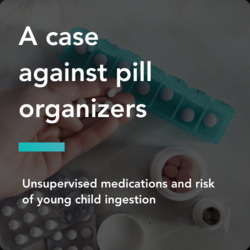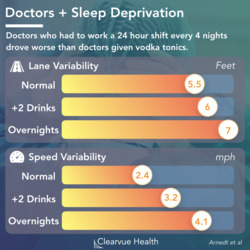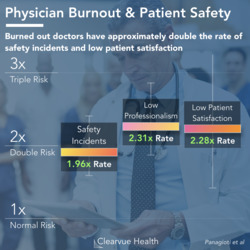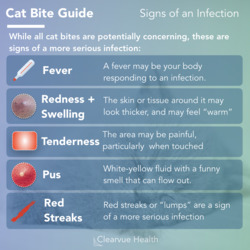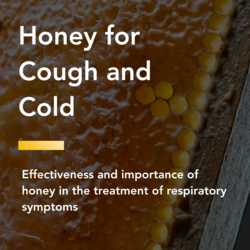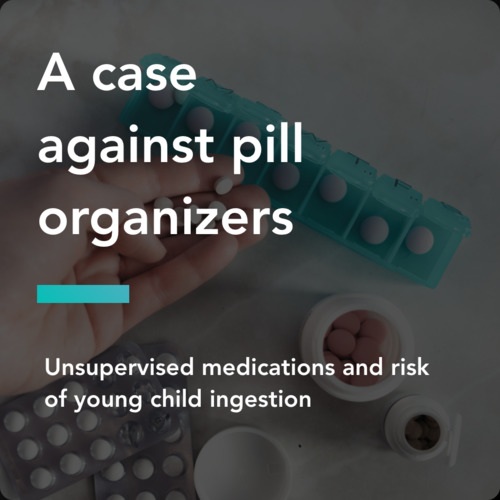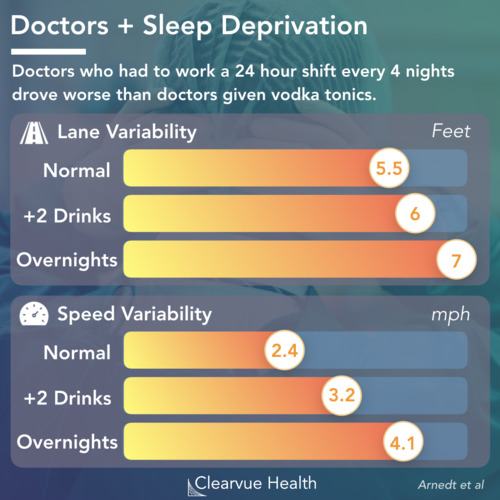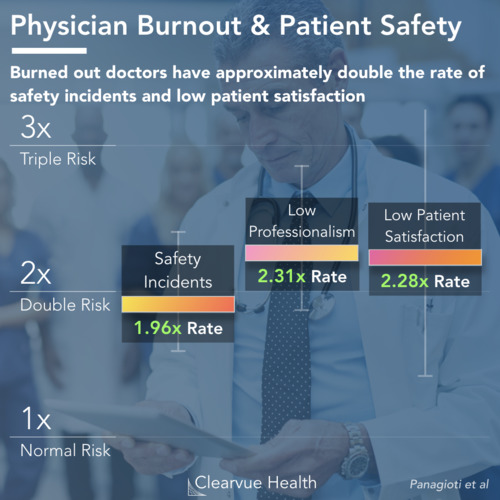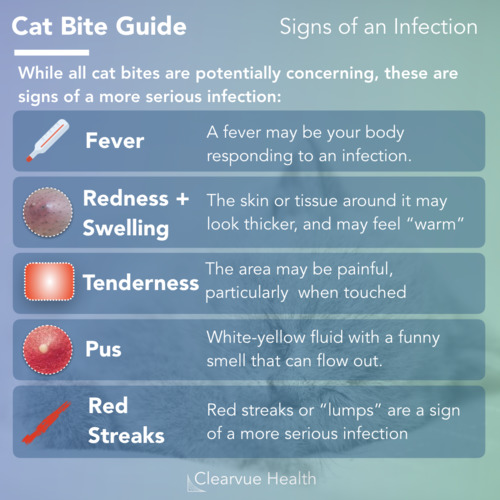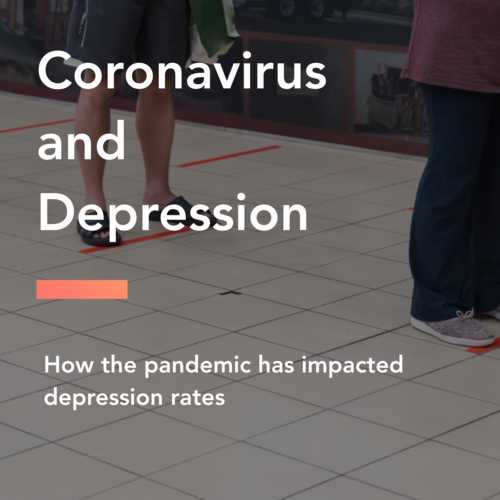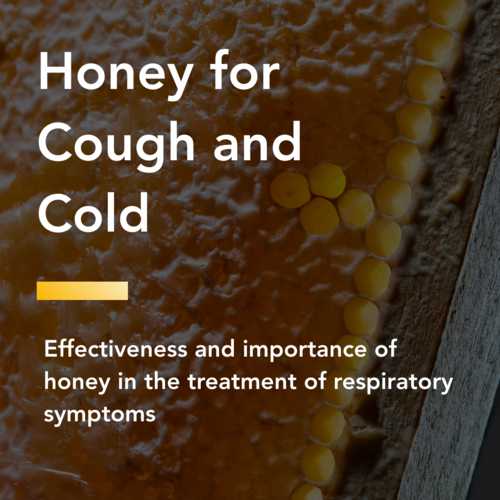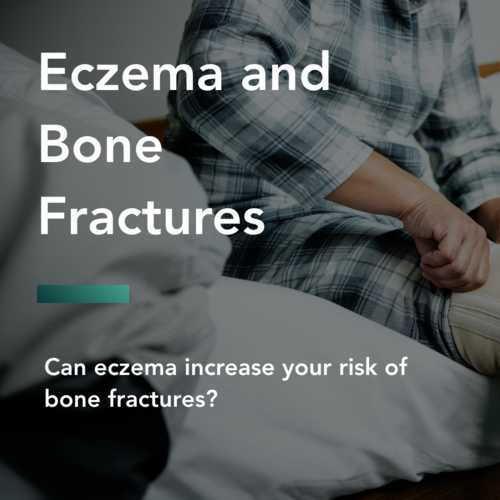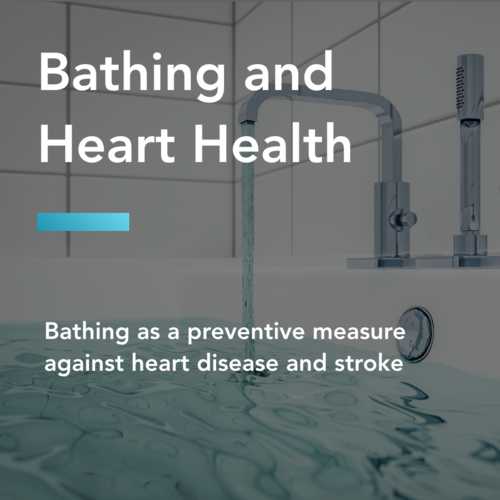The Risks of Guns in the Household

Guns are inherently dangerous if used incorrectly, particularly in households with children.
Much of this risk is entirely preventable with common-sense measures. No matter where you stand on the gun debate, we can all agree that gun safety is effective and necessary.
Guns are used for suicide and homicide by teens

Figure 2: Firearm Injury and death statistics. Firearms are commonly used for homicide and suicide by teenagers. They are involved in some of the most common causes of death for teens according to the CDC. 39% of firearm mortalities in children and teens are due to suicides. Firearm injuries and deaths are significantly more common in teenage boys compared to teenage girls.
According to the CDC, thousands of children are injured and killed every year by firearms. One of the most significant causes is suicide, which is responsible for 39% of firearm deaths of teens and children.
Source: CDC
Safe Storage Reduces Risk of Injury

Figure 3: Gun Storage & Teen Mortality. Keeping guns and ammunition inaccessible reduces risk of injury by 78%. This data was obtained in a case-control study covering 106 cases of firearm injury and death in teens and children. Intentional homicides were excluded from the analysis. Researchers estimated risk by comparing attributes of the 106 cases to 480 closely matched controls. The resulting risk estimate was highly significant.
In one of the most highly cited studies on this topic, researchers found that keeping guns and ammunition inaccessible is a highly effective measure for reducing firearm injuries and deaths among children.
They estimated that households with inaccessible firearms and ammunition had a 78% lower risk of child injury and death compared to households that had accessible firearms and ammunition.
Case control studies are a tool used by researchers to estimate risk. Researchers start with a set of cases that have a particular condition, for example, firearm injuries. They then find a set of other subjects who are similar to the cases in every way, except for the condition. With these cases and controls, researchers can then estimate the risk factors unique or significantly more common in the cases. In the example of firearm injuries, researchers may see that a lack of gun locks may be more common among the cases, suggesting that the insecure storage of firearms is a risk factor.
Source: Gun storage practices and risk of youth suicide and unintentional firearm injuries.
Locking guns and ammunition is highly effective

Figure 4: Effectiveness of Firearm locks. Locking away guns is highly effective in reducing the risk of injury. Keeping them unloaded and locking away the ammunition also significantly reduce the risk of a tragic accident.
This may sound like common sense, but many children are still needlessly injured every year from poor gun storage practices.
The most effective and most important step in preventing firearm injuries is locking away guns when they are not being used. Kids are smarter and craftier than we give them credit for. Keeping guns in the open when children are around is downright irresponsible, as this data shows.
Other key steps include unloading the gun, locking away the ammunition, and keeping the gun and the ammunition in separate locations.
This way, even if a child manages to get access to a gun somehow, they still will not be able to load it and use it. These steps create additional layers of safety.
Source: Gun storage practices and risk of youth suicide and unintentional firearm injuries.
Recommendations

Figure 5: Tips for Firearm Storage and Safety. Lock Firearms AND Ammo, Keep Guns Unloaded, Separate Guns and Ammo.
The goal of this article is not to take a stance on the politics of firearms. Instead, our goal is to communicate data-driven safety measures that gun advocates and gun critics can all agree on.
They are millions of responsible gun owners who only use firearms for legitimate purposes such as self-defense and sports.
However, there are still thousands of kids needlessly killed and injured by firearms in the house.
By following the tips above, we can significantly reduce this risk.
Source: Gun storage practices and risk of youth suicide and unintentional firearm injuries.
Rise of Suicides in Teens

One of the key drivers of firearm injury in teenagers is suicide. For complex reasons, more and more teenagers today are attempting suicide. Having firearms and ammunition accessible to a teenager only makes it worse. Read more here.
High risk signs of teen suicide intent

All signs of suicide risk should be taken seriously. There is no such thing as suicide intention that we can just ignore.
The features indicate a particularly high risk of suicide.









